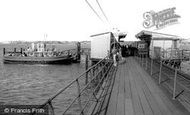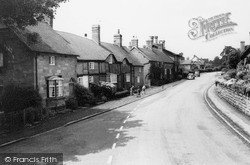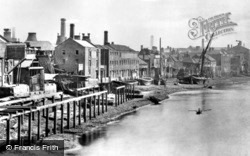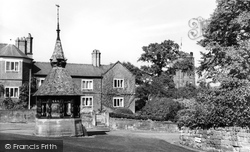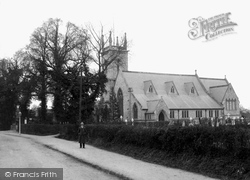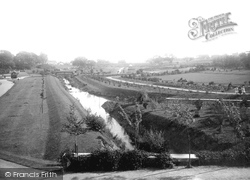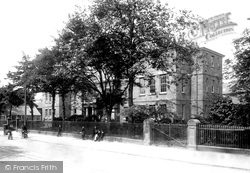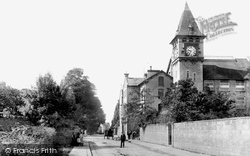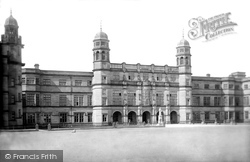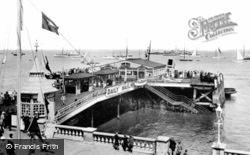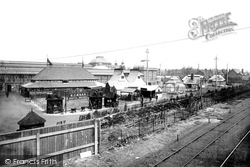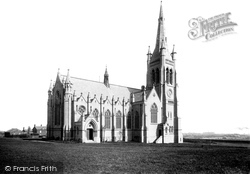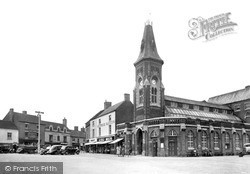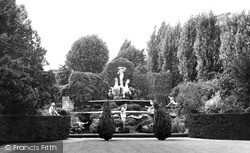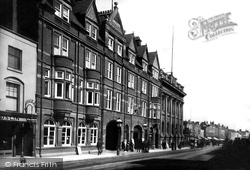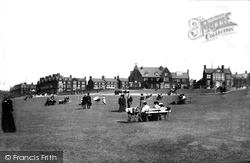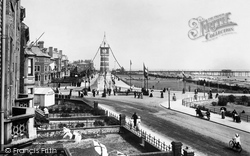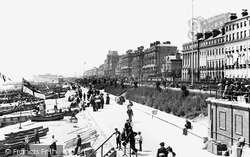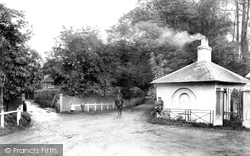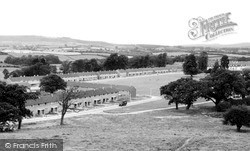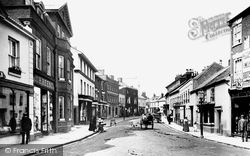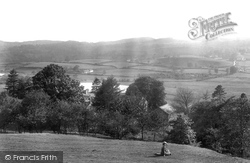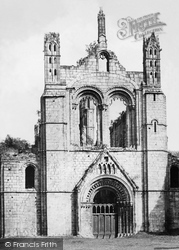Places
18 places found.
Those places high-lighted have photos. All locations may have maps, books and memories.
- Hythe, Kent
- Hythe, Hampshire
- Small Hythe, Kent
- Bablock Hythe, Oxfordshire
- Methwold Hythe, Norfolk
- Hythe, Somerset
- Hythe, Surrey
- Hythe End, Berkshire
- The Hythe, Essex
- Egham Hythe, Surrey
- West Hythe, Kent
- New Hythe, Kent
- Broad Street, Kent (near Hythe)
- Horn Street, Kent (near Hythe)
- Newbarn, Kent (near Hythe)
- Newington, Kent (near Hythe)
- Broad Street, Kent (near Hythe)
- Stone Hill, Kent (near Hythe)
Photos
360 photos found. Showing results 1,861 to 360.
Maps
101 maps found.
Books
10 books found. Showing results 2,233 to 10.
Memories
4,406 memories found. Showing results 931 to 940.
Black And White House Next To Lower Chequer
This was the family home of Harold and Dora Bagnall (my Grandparents) until the 1960s. The address used to be 21 Hawk Street and I was told as a child the incline next to Lower Chequer was for people to ...Read more
A memory of Sandbach by
Denbigh Road Schools Luton
I attended Denbigh Road school in 1944 at the age of five and had advanced to both junior and senior schools by the age of twelve. My sister Margaret took me in on my first day but I was not too keen on staying as I ...Read more
A memory of Luton by
Epsom Army Cadets
We were part of the 3rd Cadet Batallion of the East Surrey Regiment. Our base was the wooden huts erected behind Snows cycle shop in East Street after a German bomb obliterated the infants school that was there. The Officer in charge ...Read more
A memory of Epsom by
Life As A Youngster In 1960x Old Basing
I went to Old Basing school slightly later, in 1962,and I remember school dinners as being dreadful, the dinner ladies were so strict that you did not dare not to eat your meal, they even reported to my mother ...Read more
A memory of Old Basing by
The Green Man
Yes, by some kind of miracle, the Green Man is still there, although the carpark was built on, and the off licence next door is long gone. The Prince Of Wales by the roundabout is now a Tesco store, the Plough just before the Church Lane ...Read more
A memory of Kingsbury by
Growing Up In Govan In The 50's.
I have very happy memories of my childhood in Govan. I lived in an attic with my Mum, Dad and Brother. If it was wet outside everybody gathered at my close and we would run up and down the wooden stairs. The neighbours ...Read more
A memory of Govan
Holyport Road, Fulham
I was born in 1961 in Charing Cross Hospital & spent my first 25 years living in Fulham - firstly in Holyport Road until I was about 17, then New Kings Road for a few years and then Hestercombe Avenue for another few years until I ...Read more
A memory of Fulham by
Anstey Born And Bred
I was born in Hollow Road in 1944. I then lived in Forest Gate and Cropston Road where I lived until I got married in 1966. I have one brother Bill and two half brothers Charles and Keith and two half sisters Susan and Jane. I ...Read more
A memory of Anstey by
Visitation Convent 1967 To 1969 William Lubega
I joined the convent in 1967 and was the only black later joined by Leslie Philips from the Carribean. I am from Uganda and my dad was studying architecture at the AA. First day at school was horrific. I ...Read more
A memory of Bridport by
Mullet
I used the ferry to get to school in Southampton from 1961 to 1966.I well remember the shoals of Mullet which would gather at the stern of the Hotspur ferry when the boat was awaiting passengers. The river was so clear that the fish were a ...Read more
A memory of Hythe by
Captions
4,899 captions found. Showing results 2,233 to 2,256.
For centuries, Stoneleigh was home to the dozens of estate workers employed by the Leighs.
These riverside houses have been replaced by the Albert Embankment, which was built between 1866 and 1870. To the left are the Lambeth potteries, which had operated since Elizabeth I's reign.
This village's name means 'the settlement by the church', possibly in this case a church that was first founded i pre-Saxon times. Here we see the present church partially hidden amongst the trees.
A primary school followed in 1846, hidden by the trees to the left.
The lockkeeper's cottage had just been rebuilt in 1916 by the Thames Conservancy.
In the distance the encroaching modern era is further evident by the tennis courts and bowling green - both installed around the time of the First World War.
Located on Newport Road's old Infirmary site its £50,000 set-up cost was partially met by the Marquess of Bute.
Reaching Street, we are in 'company town', a town dominated by the shoe makers C and J Clark. It is therefore appropriate that we start at Clark's original factory, which fronts High Street.
Built as Stoneyhurst Hall by Sir Richard Shireburn, the building was abandoned by the family and given to the Catholic Church; it became a school run by Jesuit Priests.
Steam boats at the boarding point by the Pier give some idea of the popularity of these vessels during the summer months.
Opened by the Prince of Wales on 3 May 1887, the exhibition ran for six months and attracted 4.75million visitors.
A large church with fine Gothic windows, it was paid for by the Haworth family, who had made their money from cotton spinning and fustian making.
There was a forge in the area by 1273, and glassmaking was well established by the early 14th century. John Glasman supplied stained glass for the East Window of York Minster.
York House Statues The white marble statues of water nymphs, which form such a striking feature in the grounds of York House, were purchased in Rome in the late 19th century by the city financier
Two prams represent the only traffic in St Austell's attractive shopping street in this scene, which is dominated by the richly carved tower of Holy Trinity church.
The hotel, with its six gables and ponder- ous style, replaced a stuccoed 18th-century building, but it has now gone, to be replaced by the bland misjudgement of 1970s Greytown House.
Hunstanton grew out of the hamlet of Hunstanton St Edmund, sited low on the cliffs and owned by the Le Strange family of the Hall.
In the distance is the pier, a view now wholly obscured by the enormous funfair, while the front gardens to the sea front villas have long gone.
By the 1880s, Eastbourne became 'The Empress of Watering Places', set against the backdrop of Beachy Head.
This fascinating photograph shows an assortment of individuals all of whom appear to be mesmerised by the cam- era.
The final picture shows a brand new council estate; by the look of the gardens, no one has yet moved in. The only vehicle in the scene is a utility van, either gas or electricity.
Sidmouth began as a small fishing town with a bustling local market, but even these activities had begun to decline by the time the first visitors arrived in the late 18th century.
Esthwaite Water, south of Hawkshead, is one of the quietest of the lakes, and its Norse name means 'the lake by the eastern clearing'.
The original circular window above was replaced by the two round-arched windows in the late 15th century.
Places (18)
Photos (360)
Memories (4406)
Books (10)
Maps (101)




